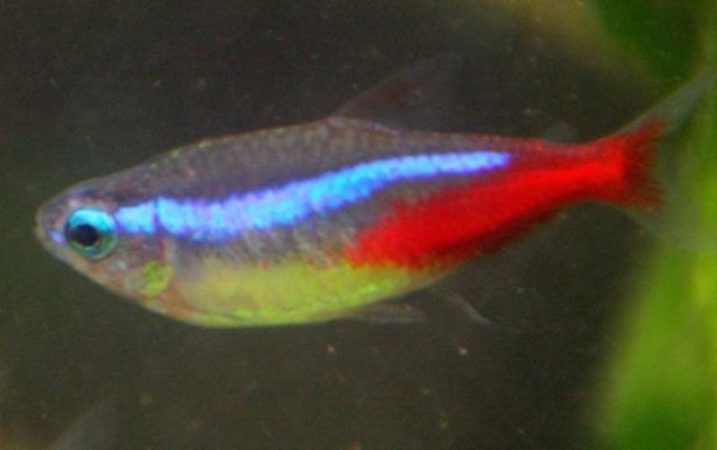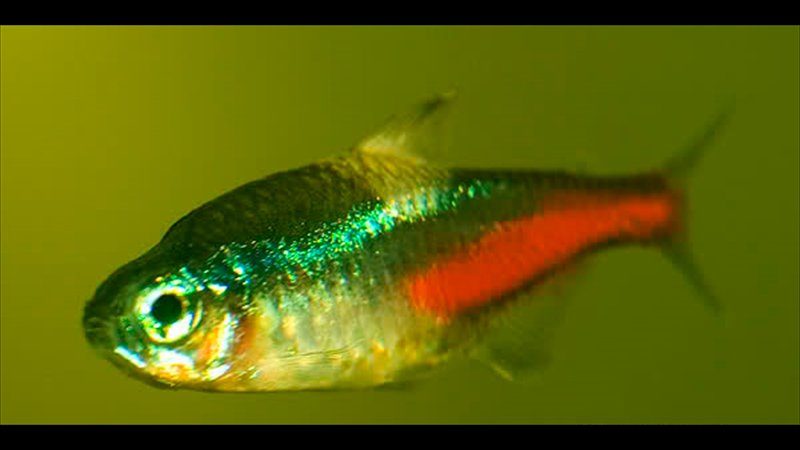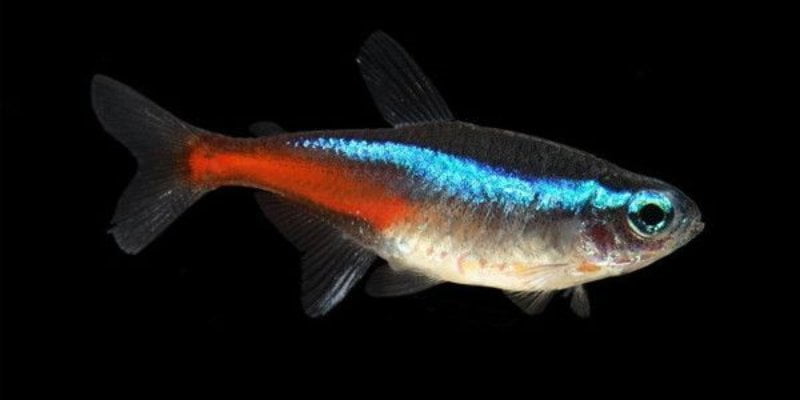What is Neon Tetra disease? Neon tetra disease (NTD) or pleistophora disease, is a sporozoan disease that is fast-spreading and fatal to fish. It is named after the species in which it was first identified. There is no known cure for NTD, which makes it even more dangerous. So, prevention is always essential.
Before finding out the cure and also the prevention, gaining the basic knowledge of NTD first is required.
Definition

Neon tetra disease (NTD) or pleistophora disease is caused by Pleistophora hyphessobryconis occasionally afflicts Neon Tetra. Once your fish is affected by NTD, it begins to present the symptoms that the dangerous rate increases day by day. Then, the disease progresses to a severe infection, ultimately leading to death. However, this disease is also generally preventable.
NTD is caused by Pleistophora hyphessobryconis, a common microsporidian infection of aquarium fish. In the infected cell of the fish host, Pleistophora hyphessobryconis can either cause severe cytoplasm disintegration and cell death, or it can induce hypertrophy. This microsporidia appears to exhibit parasite characteristics rather than host characteristics.
It also infects numerous aquarium fish species, including tetras, barbs, and goldfish. In immunocompromised fish, the infection can result in huge numbers of growing parasites and spores in the skeletal muscle, and spores are also identified in macrophages of other organs.
Causes
There are two ways that Pleistophora hyphessobryconis spores enter the fish. Both of them is the entering by consuming.
- Fish eat the carcasses of contaminated dead fish.
- Live food that is infected with this parasite is eaten by fish.
Symptoms

The symptoms, in brief, include:
- In the first stage, the obvious change in behavior is the Neon Tetra becomes shy and leaves the school. It swims unusually and be more erratic.
- Neon Tetra begins to lose coloration in one part of the body.
- Cysts in its muscles develop.
- Secondary infections such as fin rot and bloating appear.
We’ll discuss NTD symptoms in more detail in later articles.
How Does NTD Spread To Other Species?
NTD is highly communicable and can easily spread through a tank quickly.
When a fish dies from NTD, wet mount preparations of its skeletal muscle frequently reveal many sporophores vesicles, the majority of which contain fully grown spores. Spores on wet mounts are bigger than those of Pleistophora neurophilia and feature a conspicuous posterior vacuole. The spores can live months in water. If healthy tank inhabitants consume the carcass of an infected fish, the disease can swiftly spread throughout the tank. This sickness cannot be transmitted between humans, which is a small source of consolation.
Prognosis
Due to the fact that microsporidia are incurable, fish infected with Pleistophora hyphessobryconis parasites will inevitably die. Some species, such as angelfish, can survive neon tetra illness for an extended period of time, but they should not be permitted to do so in a community aquarium. The majority of fish with this condition are euthanized before it becomes incapacitating.
Video: What Is Neon Tetra Disease?
FAQs
What are the symptoms of neon tetra disease?
The symptoms of neon tetra disease include restlessness and leaving the school in the first stage. Then, a part of its body loses color, and cysts develop. Skeletal muscle, which will appear more opaque through the skin, particularly near the dorsal fin is the infection target.
What is false neon tetra disease?
If a Neon Tetra has white patches dorsally that range through the peduncle regions, it may be a “true” NTD. Rather, they have a very treatable infection such as columnaris (Flavobacterium columnare), also known as “false” neon tetra disease, which causes white patches on the back, sides, mouth, or tail. Neomycin, sulfamethoxazole, and other antibiotics can be used to treat columnaris.
Why is my tetra losing its color?
A neon tetra’s color may fade as the result of disease, stress, or schooling, many bright lights in your aquarium, changes in temperature, or changes in pH.

Annette M. Chaney is an experienced marine biologist with over 20 years of experience as an aquarist and fishkeeper. She started her first aquarium at a young age, filling it with frogs and goldfish obtained from the ten-cent pet store.
Annette grew up caring for and breeding African Cichlids, which led to a hobby in high school that doubled as a profitable means. Attending Reed College gave her time to solidify herself as an accomplished aquarium caretaker with an eye for sales. After that, from 2009 – 2013, she studied at Roger Williams University – one of the most prestigious universities for Aquaculture and Aquarium in USA. She is the founder of AquariumCircle since 2010.
